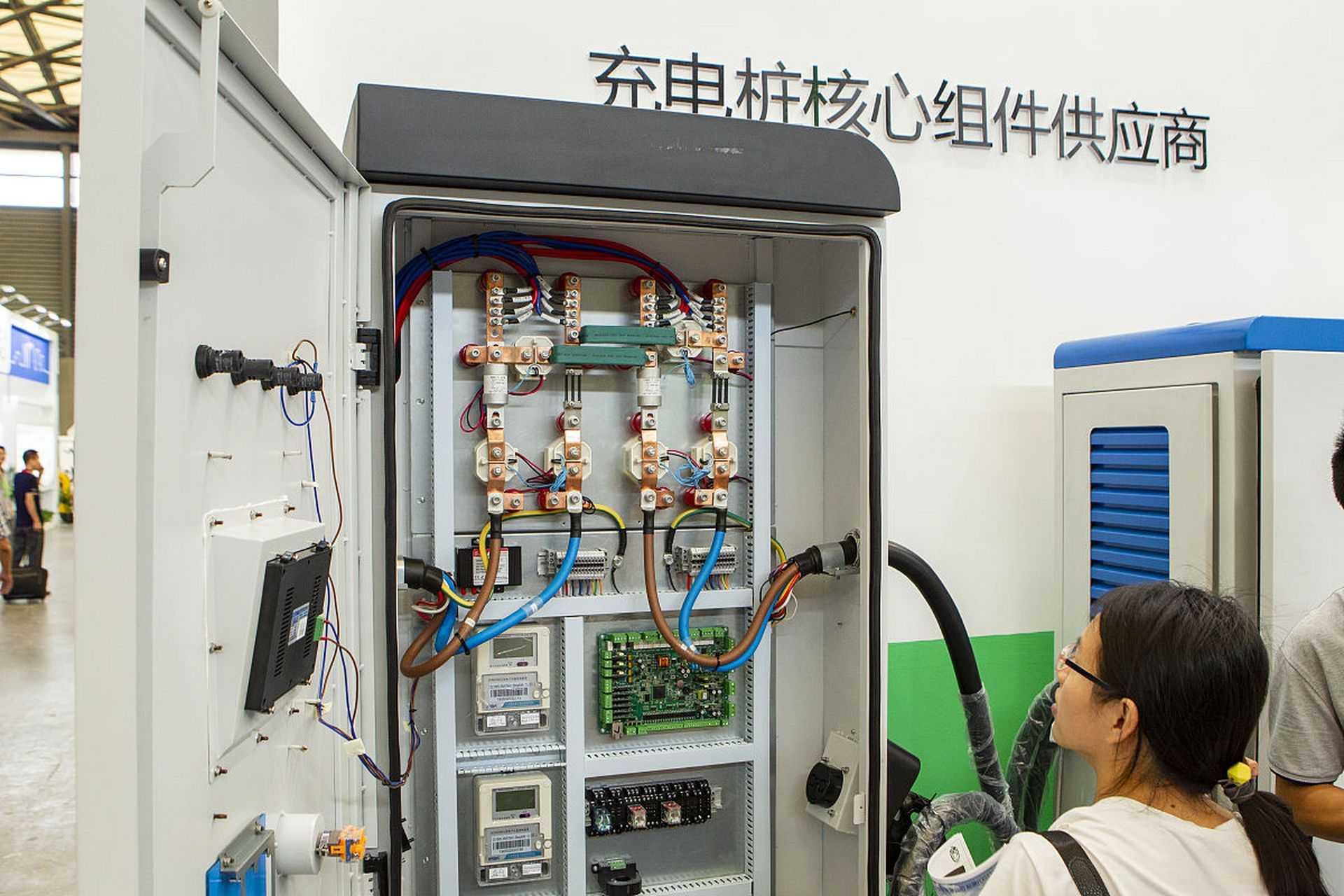Energy storage inverters (PCS) are critical devices that connect energy storage systems to the grid. They support various operating modes to meet different operational needs and environments. Here's an overview of these modes and how they are controlled:
1. Grid-Connected Mode (PQ Mode)
In grid-connected mode, the energy storage inverter is linked to the utility grid and performs both charging and discharging functions. It acts as a current source, synchronized with the grid frequency. Control strategies ensure that the inverter's output meets the required active (P) and reactive (Q) power values. In automatic mode, the inverter follows preset parameters, while in manual mode, users can adjust the charging and discharging settings.
2. Off-Grid Mode (VF Mode)
When disconnected from the main grid, the energy storage inverter must independently manage voltage and frequency, similar to a power source in a microgrid. In this mode, the PCS operates under a constant voltage and frequency (V-F) control strategy, ensuring stable power supply to the local network.
3. Droop Mode
Droop mode is a distributed control strategy commonly used in islanded operations, such as microgrids. In this mode, the inverter reduces its output voltage and frequency in response to an increase in load, enabling decentralized power sharing. However, this mode doesn't restore the grid's original voltage and frequency.
4. VSG (Virtual Synchronous Generator Mode)
VSG mode mimics the behavior of a traditional synchronous generator and can operate as either a current-source or voltage-source inverter. It provides fast voltage and frequency support, making it suitable for both grid-connected and off-grid applications. The voltage-source VSG mode is especially useful for seamless transitions between grid-connected and off-grid states, without needing to switch control loops, ensuring uninterrupted operation.
In VSG mode, the PCS simulates the mechanical characteristics of a synchronous machine, maintaining grid stability through virtual damping and controlling the speed of synchronization.
Control of These Modes
The key to managing these modes lies in advanced control strategies, including microgrid monitoring, efficient switching of power electronic devices (such as IGBTs), and control algorithms like dual-loop control, PQ decoupling, and specific algorithms for each mode. In practice, the energy storage inverter must be able to smoothly and quickly switch between these modes depending on grid conditions and system requirements, ensuring reliable power supply and high-quality energy output.
By doing so, PCS ensures the stability and efficiency of the energy system, both when connected to and disconnected from the grid.
